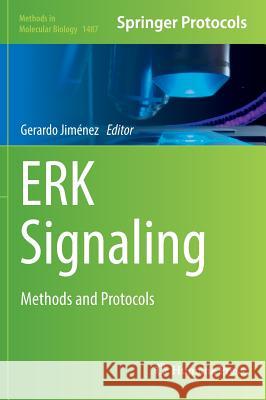Erk Signaling: Methods and Protocols » książka
topmenu
Erk Signaling: Methods and Protocols
ISBN-13: 9781493964222 / Angielski / Twarda / 2016 / 440 str.
Erk Signaling: Methods and Protocols
ISBN-13: 9781493964222 / Angielski / Twarda / 2016 / 440 str.
cena 385,52 zł
(netto: 367,16 VAT: 5%)
Najniższa cena z 30 dni: 382,84 zł
(netto: 367,16 VAT: 5%)
Najniższa cena z 30 dni: 382,84 zł
Termin realizacji zamówienia:
ok. 20 dni roboczych.
ok. 20 dni roboczych.
Darmowa dostawa!
Kategorie:
Wydawca:
Humana Press
Seria wydawnicza:
Język:
Angielski
ISBN-13:
9781493964222
Rok wydania:
2016
Wydanie:
2017
Numer serii:
000014950
Ilość stron:
440
Waga:
0.99 kg
Wymiary:
25.4 x 17.78 x 2.54
Oprawa:
Twarda
Wolumenów:
01
Dodatkowe informacje:
Wydanie ilustrowane











